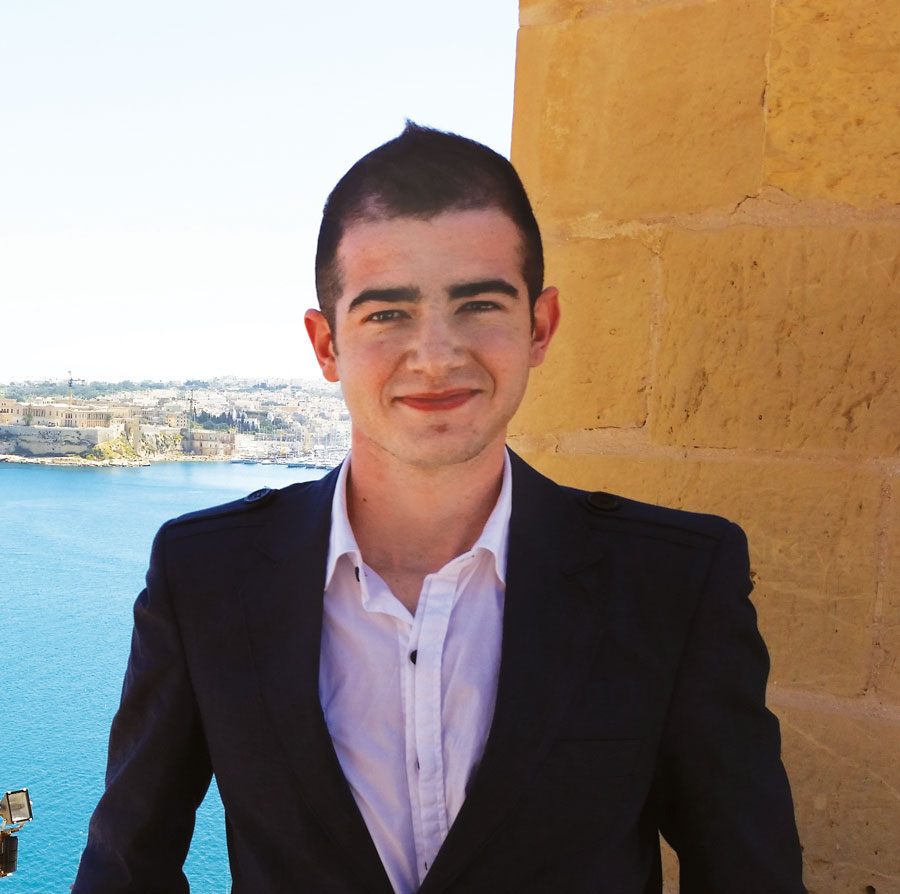By Brandon Spiteri
The world has globalised. People and cargo need to get about in cheaper, faster ways that use better transport technologies. Magnetic levitation is one way to achieve higher speeds at a cheaper fuel cost whilst offering a smoother ride. There is less friction since the vehicle floats on electromagnetic waves that make this transport method very efficient.
Brandon Spiteri (supervised by Dr Ing. Maurice Apap and Prof. Joseph Cilia) designed and built a model in which a vehicle was moved at constant speed whilst levitating 1 cm above the track. Spiteri identified three levitation techniques. Firstly, the German approach eliminates needing wheels to initially move the train, but requires complex control methods. Secondly, the Japanese approach requires wheels to initially move the train, but achieves higher speeds than German technology. Lastly, the MDS type system is still being developed but aims for higher speeds than the German model without the need for wheels.
After this research, Spiteri built a model by using an industrial-power DC motor. Levitation was achieved by using magnets of similar polarity that repel each other. Opposing permanent magnets were installed on the track and vehicle. Permanent magnets retain their magnetic properties (North and South poles) even when no current or electromagnetic field is present. The train moved by having permanent magnets on the track and electromagnets on the vehicle. The strength and polarity of the electromagnet varies with the size and direction of the electrical current passed through it. By manipulating the electromagnets the vehicle moved forward. The built model achieved a top speed of 1.41 km/hr. In his study, Spiteri proved the energy efficiency of these systems: the model uses the same energy as a 12 W bulb, much less than a train on wheels.
Magnetic levitation will shape the future of transportation worldwide. Monorail may be vital to reduce Malta’s transport problems to have a less polluting and more efficient system. Fresh graduates Justin Zarb and Luke Lapira recently proposed a plan called Maltarail (elevated, suspended trains running on a single rail) to government. This project has been submitted to the European Investment Initiative. Such a project would place Malta on par with European transport leaders.





Comments are closed for this article!